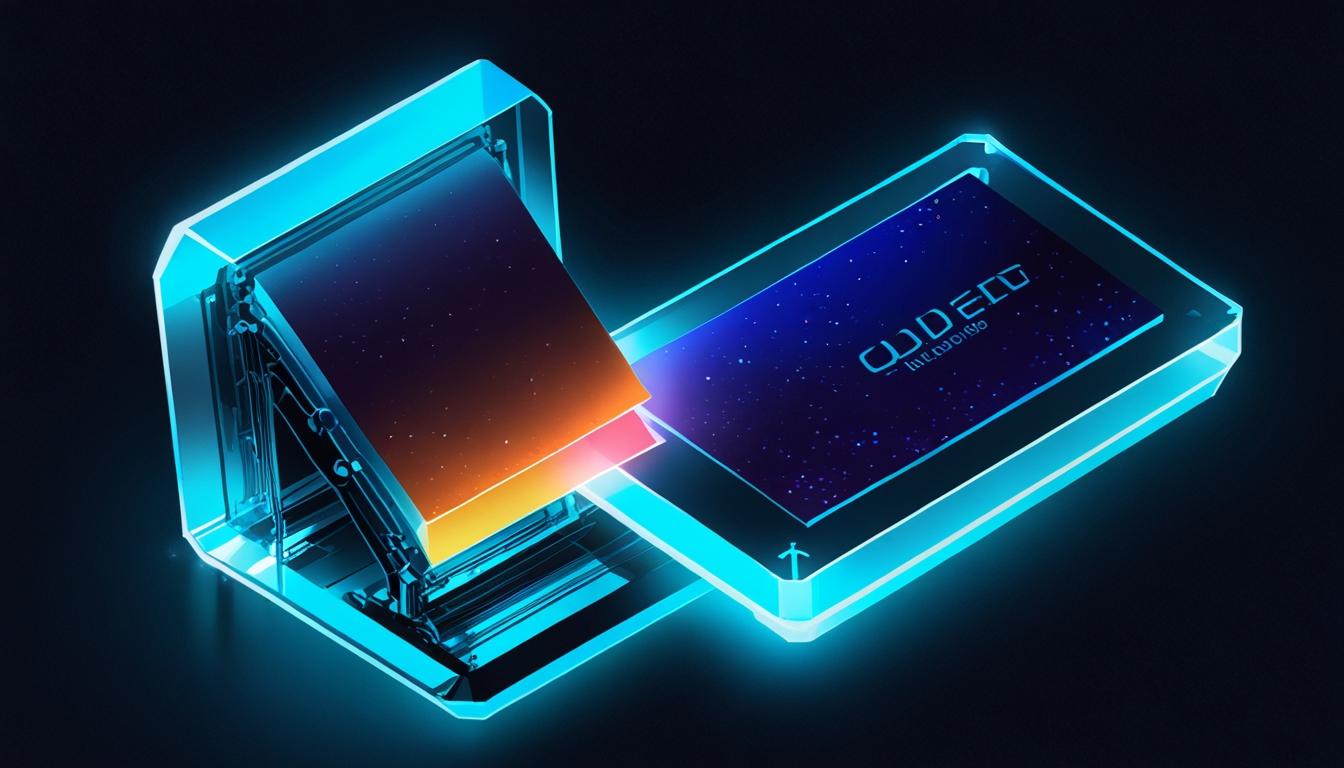LG Display has announced a significant advancement in OLED technology, revealing the successful verification of “commercialization level” performance for its blue phosphorescent OLED panel. This development was confirmed approximately eight months after LG Display entered into a partnership with Universal Display Corporation, an OLED technology company, to advance blue phosphorescence technology—a critical component in the quest to produce what LG terms a “Dream OLED” display.
The newly developed panel employs a hybrid fluorescent/phosphorescent design. Specifically, LG Display has utilised a two-stack Tandem OLED structure, where the lower stack comprises blue fluorescence and the upper stack features blue phosphorescence. This is a departure from conventional OLED panels, which typically couple a blue fluorescent layer with phosphorescent red and green layers.
The innovation addresses a longstanding limitation in OLED technology. Traditional blue fluorescent materials exhibit only 25% light efficiency, whereas phosphorescent materials can achieve 100%. LG Display’s hybrid approach is designed to balance these characteristics, combining the stability of fluorescence with the reduced power consumption benefits of phosphorescence. According to the company, this results in a power consumption reduction of around 15% compared to typical OLED displays, without sacrificing stability.
LG Display intends to showcase this blue phosphorescent OLED panel at the upcoming SID Display Week event, scheduled to begin on 11 May 2025 in San Jose, California. The demonstration will focus on small to medium-sized panels suitable for IT devices such as smartphones and tablets.
While this progress marks a milestone, the current iteration of the technology remains in prototype form and has not yet been adapted for large-scale OLED displays such as televisions. Although LG Display asserts the technology is “mass production-ready” following commercialization verification with Universal Display Corporation, its application is presently targeted at mobile and smaller IT devices rather than larger consumer electronics.
Separately, LG Display continues to market its “four-stack” OLED display panels, which enhance colour purity and brightness without relying on blue phosphorescent technology. This design is integrated into products like the LG C5 OLED TV, which has been well-received as a leading OLED TV model in 2025.
The Tech Radar report highlights that while LG Display’s hybrid two-stack Tandem OLED structure featuring blue phosphorescence represents a breakthrough in power efficiency and stability for smaller devices, the “Dream OLED” television technology—characterised by a fully phosphorescent blue light layer providing maximum light efficiency—is still in development.
Overall, LG Display’s announcement signals ongoing innovation in OLED display technology aimed initially at mobile and IT devices, with potential broader applications in the future.
Source: Noah Wire Services
